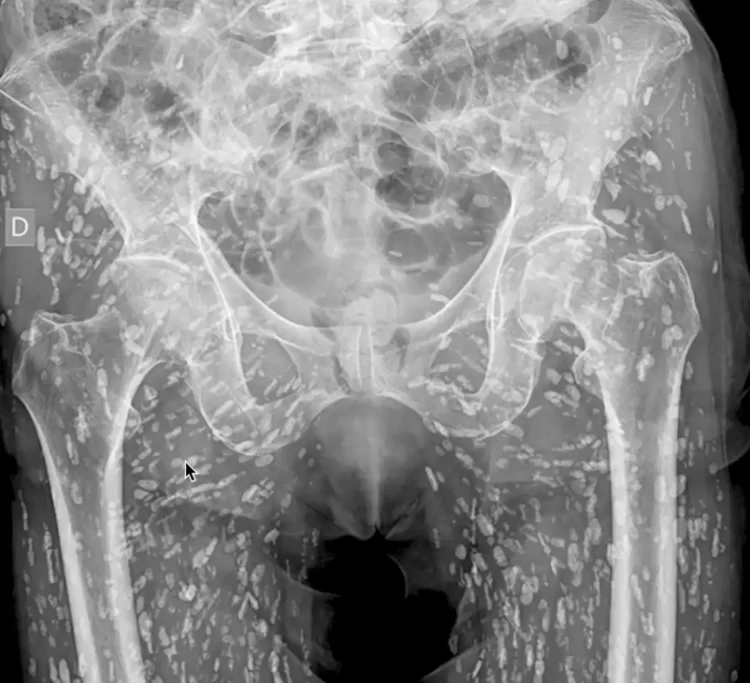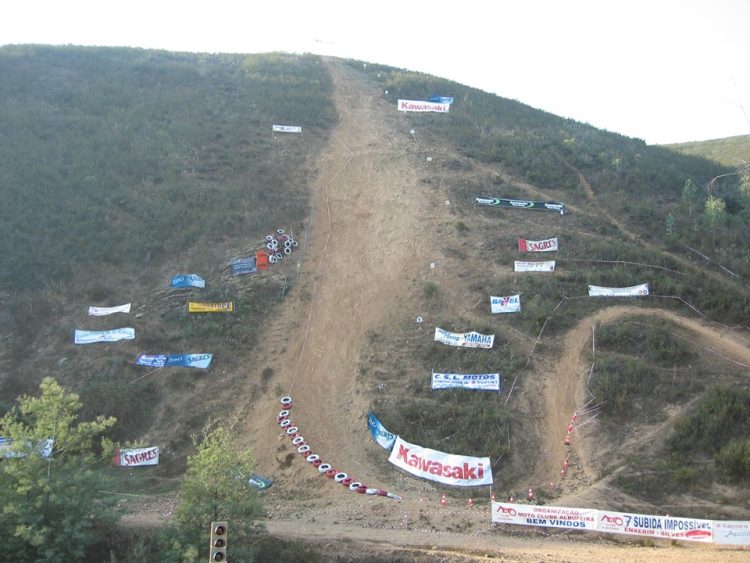BBC science show Bang Goes The Theory set out to test inventor Geoffrey Pyke’s claim that ice boats could be used during World War 2, in case steel supplies ran out.
Geoffrey Pyke suggested suggested it was possible to build unsinkable boats using a special material called Pykrete – a mixture of ice and wood pulp. In theory, the icy material could be moulded into any shape and because of its slow melting rate, could carry troops and vehicles for long distances. The idea was first mentioned during the early 1940s, but it sounds like a good idea for modern times, as well, so the guys at Bang Goes The Theory decided to test it out.
The team mixed 5,000 liters of water with the hemp-like wood pulp, moulded the mixture into the shape of a boat and froze it in one of England’s largest ice warehouses, in Tilbury, Essex. It took three weeks to freeze the boat, before it was transported to Portsmouth Harbor. The crew prepared for a trip to Cowes, on the Island of Wight, but son after the boat was launched on the water, it began taking water. Before they even got comfortable in their icy boat, the crew had to abandon ship and swim to the rescue craft.
But this test wasn’t enough to disprove Pyke’s theory. According to experts there are several explanation for the recent Pykrete failure, and they include water temperature and size. Geoffrey envisioned his revolutionary material used to create 1,000-ton carriers, not half-a-ton boats, because a large ice surface requires a lot more energy to start melting. Also the waters of Solent Bay are far warmer than the Atlantic, where the carriers were meant to be used.
via Daily Mail










